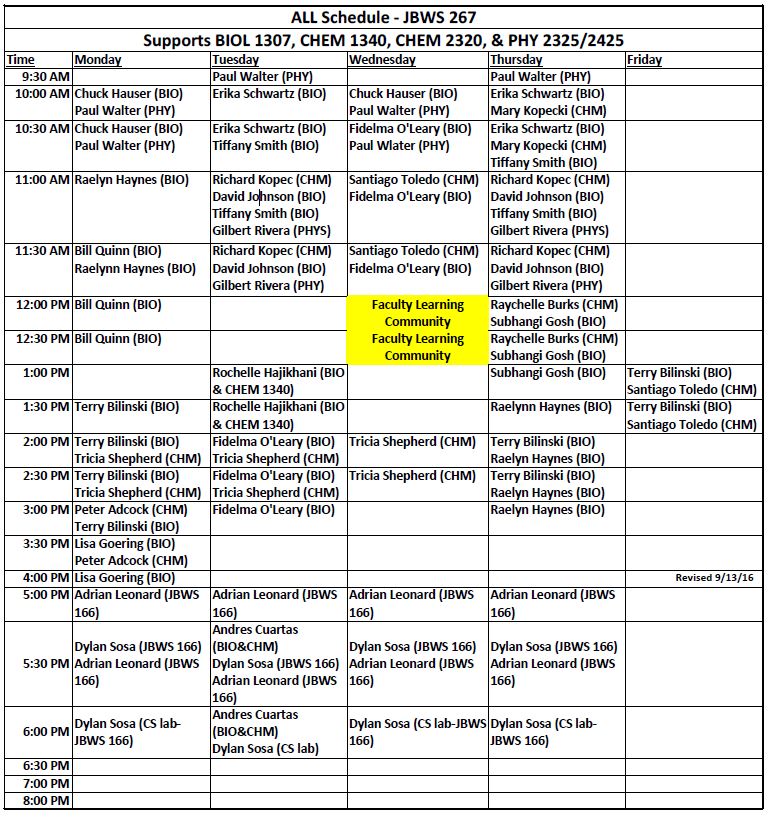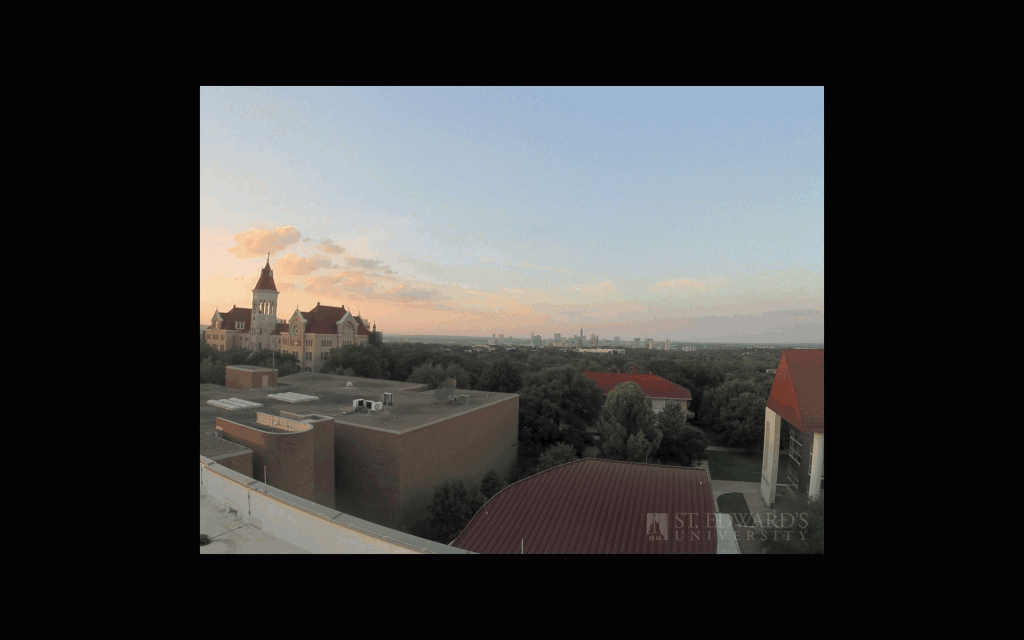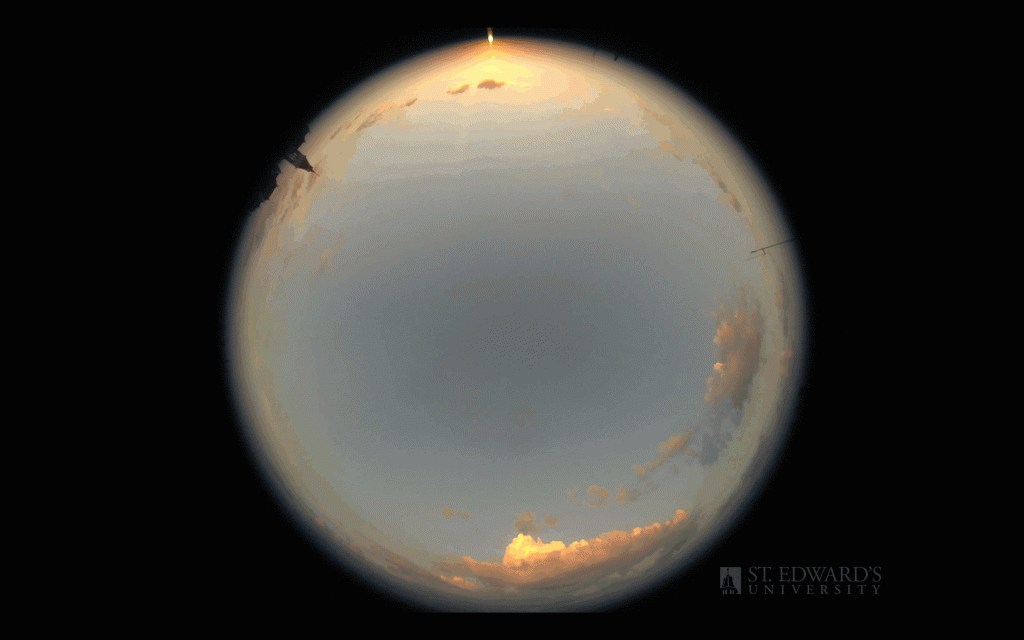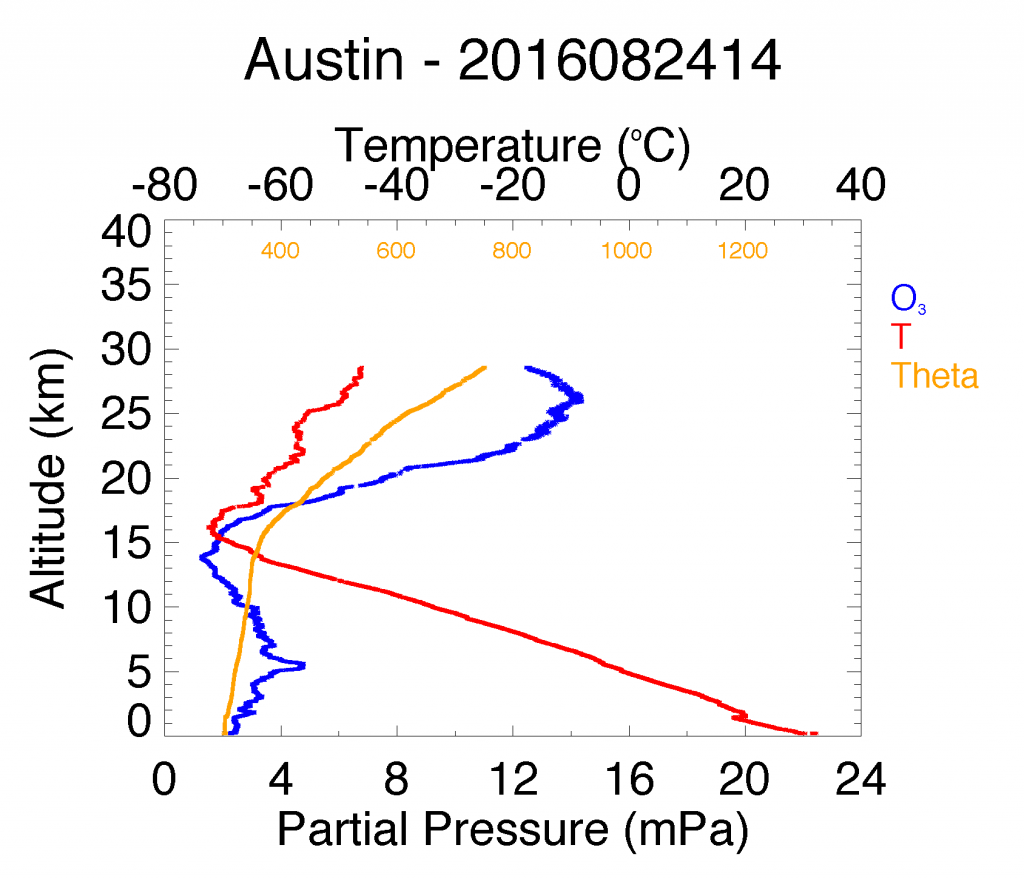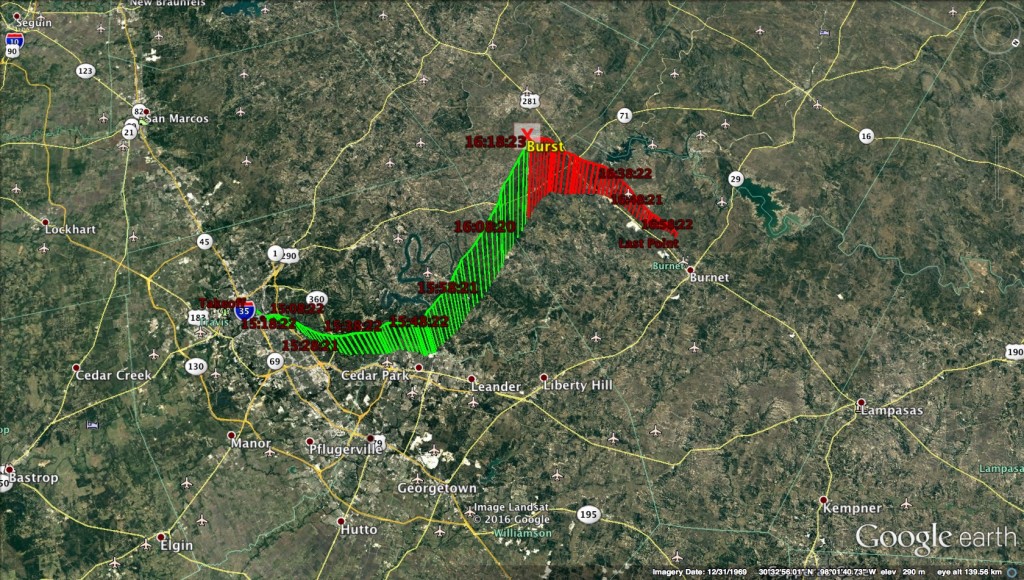
The Edinburgh Castle, near the Edinburgh International Conference Center, site of the 2016 Quadrennial Ozone Symposium.
Once every four years, scientists from around the world gather to discuss the state of ozone in the atmosphere: the Quadrennial Ozone Symposium (QOS for short). This year’s event is being held 4 – 9 September in Edinburgh, Scotland, UK. You can learn more about the symposium here. This year’s symposium follows a long tradition of such gatherings, organized by the International Ozone Commission, dating back to 1929!
St. Edward’s connection to the event is provided by the Dean of Natural Sciences, Gary A. Morris. When not performing administrative duties or teaching, Dr. Morris continues his work studying ozone pollution via three funded projects:
- Austin ozone profiling and surface ozone measurements – funded by the Capital Area Council for Governments
- Houston, TX and Idabel, OK ozone profiling as part of the Tropospheric Ozone Pollution Project – funded by the Texas Commission on Environmental Quality
- Ozone and Sulfur Dioxide profiling as part of the TICOSONDE project in Costa Rica – funded by the NASA Division of Earth Science.
Dr. Morris, attending his second QOS, presented two posters at the meeting: one on the Houston profiling record and the other TICOSONDE project at the QOS. He also is a co-author on another TICOSONDE presentation given by NASA scientist, Dr. Henry Selkirk.
“I hope that 4 years from now, I’m able to bring my students to show their research results at the next Quadrennial Ozone Symposium Meeting. All of the top ozone scientists from around the world attend, and it’s a great meeting to catch up on all the latest ozone science,” said Dean Morris at this year’s event.
You can read Dr. Morris’ posters online here (links coming soon).
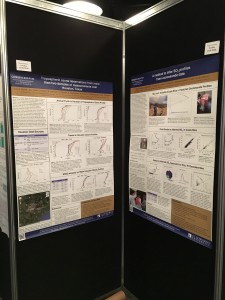
Dr. Gary A. Morris presented two posters at the 2016 QOS Meeting.
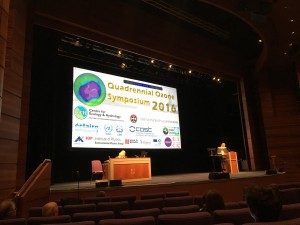
The stage at the Edinburgh International Conference Center, home of the 2016 Quadrennial Ozone Symposium

